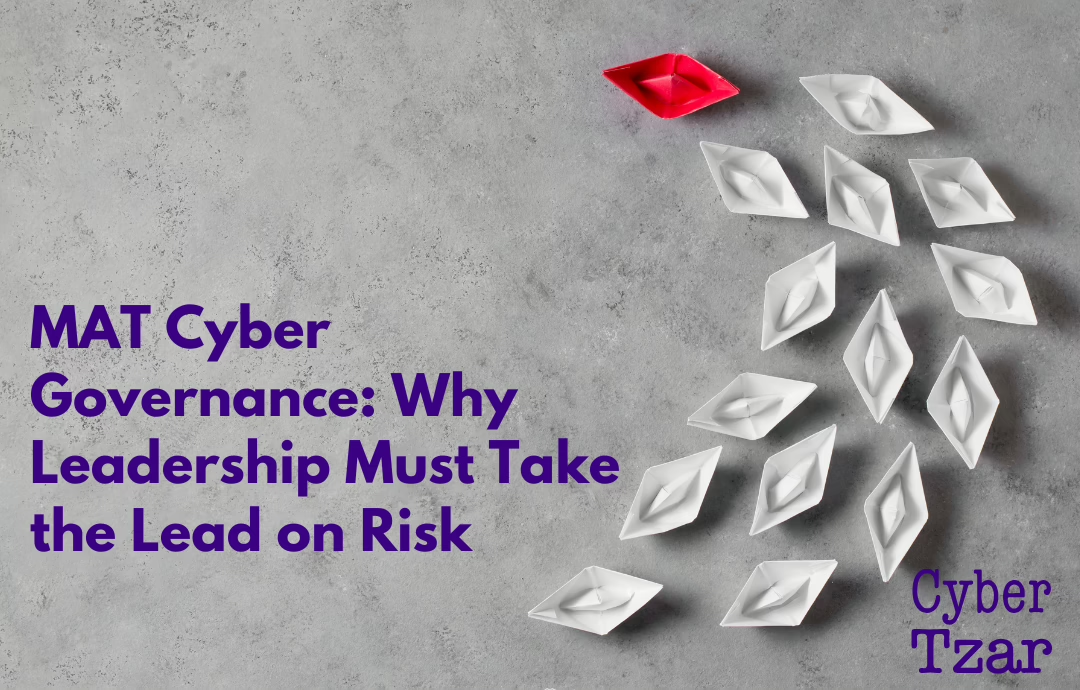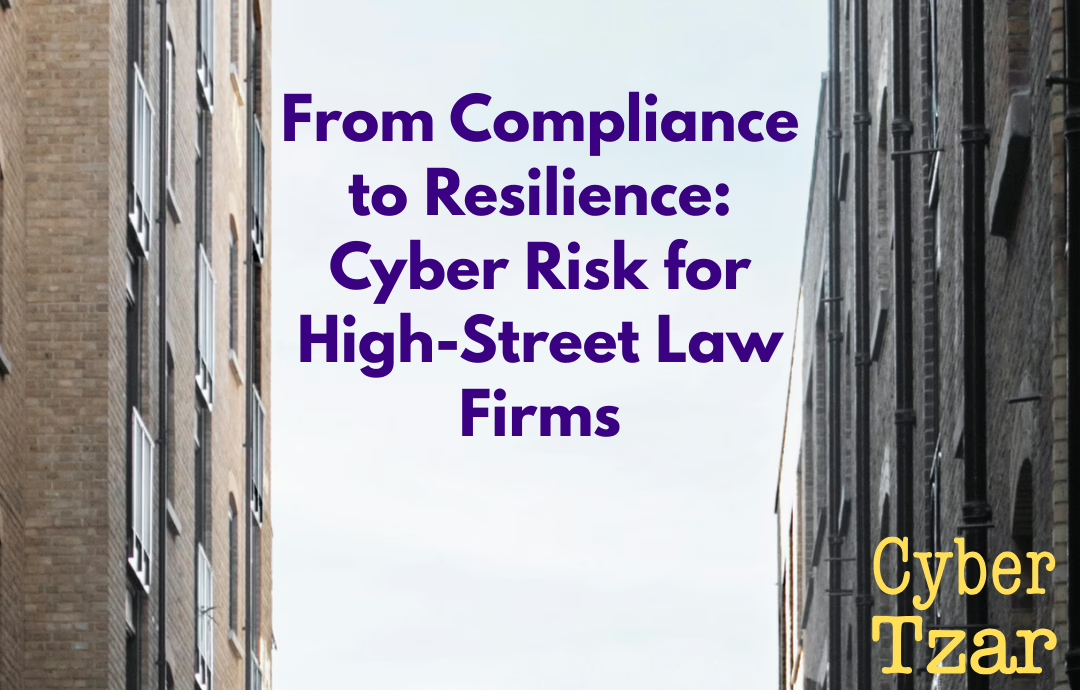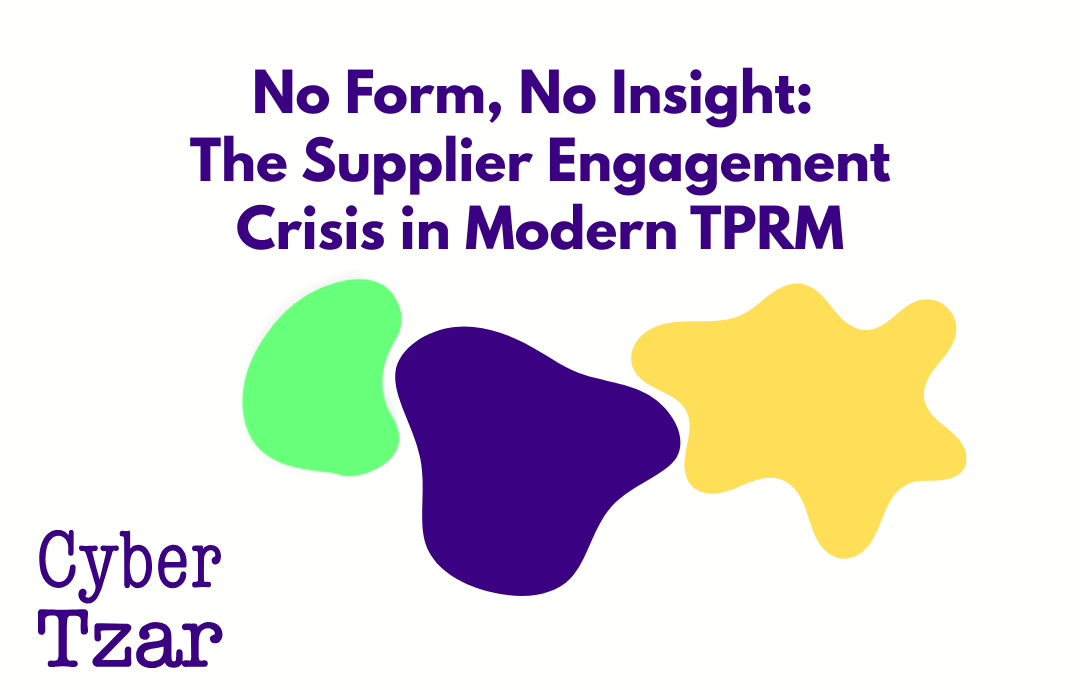Multi-Academy Trusts (MATs) offer consistency and scale — but they also concentrate cyber risk. When an attacker breaches one school, they may gain access to your entire estate.
In 2025, boards and senior leaders can no longer view cybersecurity as “just an IT issue.” It’s a governance issue, a financial risk, and — increasingly — a matter of trust and continuity.
This article outlines why MATs are now high-priority targets and what governance teams can do to steer risk management from the top.
🎯 Why MATs Are Now Strategic Targets
Attackers see MATs as:
-
🔄 Centralised systems – Shared cloud platforms and IT infrastructure mean a wider blast radius.
-
👥 Decentralised user base – Dozens of schools, hundreds of staff, and thousands of pupils — each with different risk behaviours.
-
🔐 Sensitive data stores – Including safeguarding records, finance systems, and HR files.
-
📞 Operationally dependent on digital services – A ransomware attack can paralyse communications, timetables, payroll, and classroom tools.
In many recent incidents, it wasn’t poor IT — it was a lack of oversight, preparedness, or response structure at the Trust level.
🔍 Common Risk Gaps Found in Trusts
-
No trust-wide asset visibility – Leadership doesn’t know what systems are exposed or where risk lies.
-
Inconsistent cyber maturity – Some schools may have MFA and training. Others may not.
-
Overreliance on third parties – IT contractors and MIS providers often lack security baselines.
-
Governance gaps – Cyber risk may not be reported to governors or integrated into risk registers.
-
No incident rehearsals – Many Trusts lack tested plans to manage ransomware, data breaches, or supplier failures.
🧭 What Boards and Executives Should Do
To lead effectively, MAT governance teams need to:
1. Appoint a Central Cybersecurity Lead
This person should coordinate trust-wide risk oversight and have the authority to escalate, standardise, and act.
2. Review Digital Risk as a Standing Agenda Item
Cyber should sit alongside safeguarding and finance on board agendas — not as a technical footnote.
3. Request Evidence-Based Reporting
Ask for vulnerability scan summaries, breach simulations, and third-party risk assessments — not just “tick-box” compliance.
4. Link Cyber to Resilience and Continuity
Understand how ransomware or a supplier breach could halt operations — and how quickly your Trust could recover.
5. Benchmark and Monitor Progress
Use sector benchmarks and national standards (Cyber Essentials, ISO 27001, NCSC CAF) to measure improvement.
🧱 The Board’s Role: Governance, Not Granularity
You don’t need to understand firewall rules. You do need to:
✔️ Understand where your risk lies
✔️ Know who’s accountable
✔️ Demand regular, actionable reporting
✔️ Fund necessary upgrades or oversight
✔️ Treat cyber risk as a strategic priority
📣 Looking for practical steps for your IT or ops team?
[Read our companion guide → Operational Cybersecurity for Multi-Academy Trusts: 5 Steps to Build Resilience]
💼 How Cyber Tzar Supports MAT Boards
Cyber Tzar helps MAT leaders and boards gain visibility and control through:
-
✅ Trust-wide scans across all schools and platforms — with one dashboard
-
✅ Board-level reporting mapped to sector frameworks and insurer expectations
-
✅ Supply chain risk assessments for your EdTech and third-party ecosystem
-
✅ Benchmarking data to show how your Trust compares nationally
We help you turn cyber risk into something measurable, manageable — and reportable.
🎓 Want a board-ready view of your Trust’s cyber exposure?
📍 Request a leadership report at CyberTzar.com


